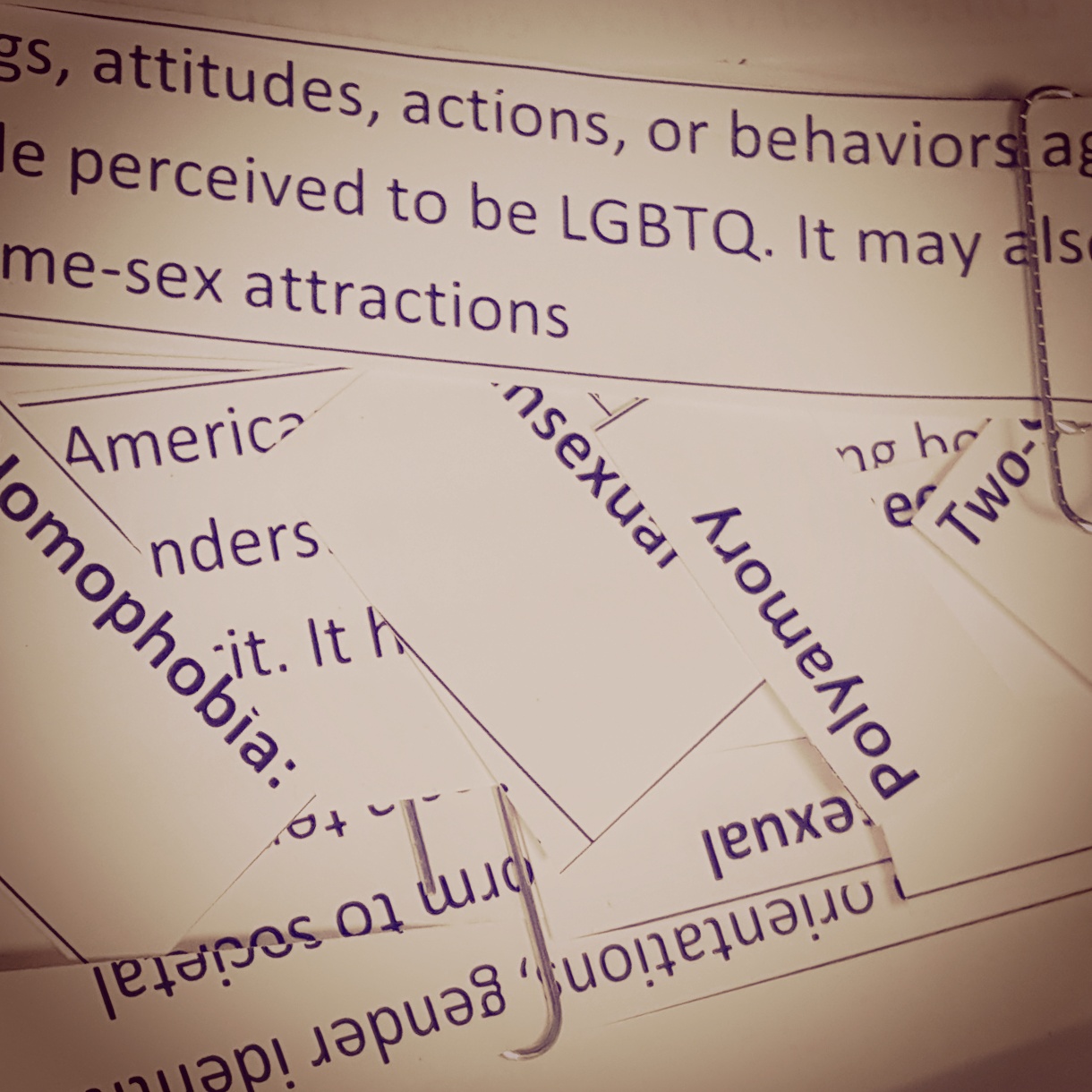The phrase “burden of scarcity” refers to the fact that a lack of representation of a group of people results in the expectations of the depictions that do exist of a group never quite being met. This is most often true because of sheer fact that diversity cannot be expressed in the number of texts or images that currently represents a group, ultimately causing misrepresentation. I definitely the burden of scarcity is still an issue because the majority of content, whether it belongs to the category of literature, television, art, or any other medium, is still being produced by white, cisgender, heterosexual creators.
For me, the issue of not being satisfied by representations that do exist is especially relevant to Asian American representation. While more and more Asian Americans continue to be cast in movies and television shows, it’s frustrating to continually see Asian Americans take the same roles as sidekicks or scientists. What I find to be necessary to the conversation of representation is not only casting Asian Americans in more diverse roles but also encouraging and supporting Asian Americans to write and direct these narratives themselves in order to create the fullest portrayals of the people who lead similar lives.
Reference:
Grover, Jan Z. “Framing the Questions: Positive Imaging and Scarcity in Lesbian Photographs.” Stolen Glances: Lesbians Take Photographs. Ed. Tessa Boffin, Ed. Jean Fraser. Ontario: Pandora Press, 1991. 184-190. Print.

